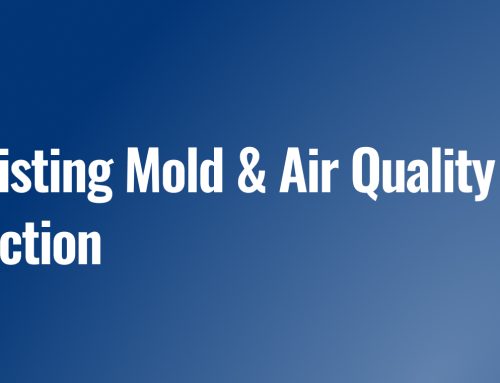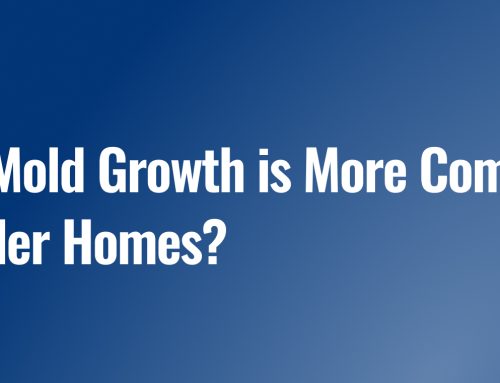When it comes to indoor air quality and home health, mold and mildew are often mentioned in the same breath. But while they share similarities, they are not the same thing. Knowing the difference between mold and mildew can help you take quicker, more effective action when you notice something growing on your walls, ceilings, or bathroom tiles.
So, how can you tell which is which—and why does it matter? Let’s break it down.
What is Mildew?
Mildew is a type of surface fungus that tends to grow in warm, damp areas, like bathrooms, laundry rooms, or poorly ventilated kitchens. It typically appears as a white, grey, or light brown powdery substance and usually spreads in flat patches.
It’s the milder cousin of mold—easier to clean and less likely to cause serious harm. However, it can still contribute to unpleasant smells and minor allergic reactions in sensitive individuals.
Common signs of mildew:
Grows on surfaces like shower walls, windowsills, and tiles
Has a musty but less pungent odor than mold
It can often be wiped away with basic cleaning products
What is Mold?
Mold is a broader category of fungus that thrives in moist, humid conditions and can grow on a variety of surfaces, including wood, drywall, carpet, insulation, and even behind walls. Mold tends to appear in darker colors, such as green, black, or dark brown, and it may have a fuzzy or slimy appearance, depending on the type.
Unlike mildew, mold can be toxic, triggering respiratory problems, worsening asthma, and even damaging the structural integrity of your home if left untreated.
Common signs of mold:
Strong, persistent, musty odor
Black, green, or dark patches on walls or ceilings
Frequently reappears after cleaning
Can grow inside walls, under flooring, and in HVAC systems
Why It Matters
The key difference lies in the level of risk. Mildew is usually a cosmetic and surface-level issue, while mold can be a sign of a much deeper—and potentially dangerous—problem. If you mistake mold for mildew and try to wipe it away with household cleaner, you may be ignoring a serious health hazard.
Exposure to mold can lead to:
Coughing, sneezing, and nasal congestion
Skin irritation
Eye inflammation
Worsening of existing conditions like asthma or bronchitis
Fatigue and brain fog (in severe cases)
That’s why it’s so important to get professional mold testing if you’re unsure what you’re dealing with.
When to Call a Mold Inspector
If you notice spots that return after cleaning, a musty smell that won’t go away, or have experienced recent water damage, it’s time to take action. A certified inspector can:
Identify whether it’s mold or mildew
Assess the type and extent of growth
Test your air quality for hidden spores
Recommend safe and effective solutions
Don’t Guess—Test With Gold Coast Inspectors
At Gold Coast Inspectors, we offer fast and reliable mold inspections throughout Ventura and its surrounding areas. Whether you’re worried about your health or the safety of your property, we’re here to help with professional, detailed reporting and peace of mind.
Book your mold inspection today and breathe easier tomorrow.







